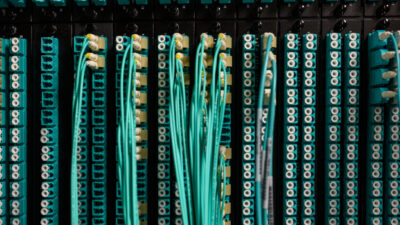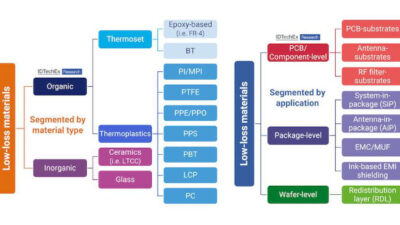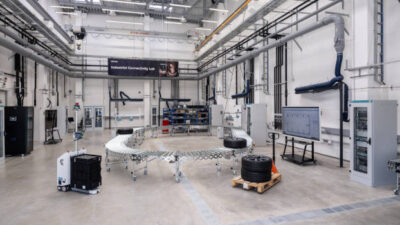Ethernet continues to make inroads on the factory floor with additional momentum from major automation suppliers' solutions such as EtherNet/IP (implicit messaging) and ProfiNet (version 2). To support time-critical applications, network engineers have implemented advanced functional technologies, such as multicast and UDP (user datagram protocol), rather than simple transactional activities of...
This network system view enables a contorl engineer to find devices on an industrial Ethernet network. CLicking on a device brings up additional device network information.
Ethernet continues to make inroads on the factory floor with additional momentum from major automation suppliers’ solutions such as EtherNet/IP (implicit messaging) and ProfiNet (version 2). To support time-critical applications, network engineers have implemented advanced functional technologies, such as multicast and UDP (user datagram protocol), rather than simple transactional activities of TCP/IP (transport control protocol/ internet protocol). Supporting these advancements with monitoring and management tools will be critical for proper installation and continued support.
Traditional IT packages, while extremely suitable for front-office applications, fall short when applied on the factory floor for various reasons. Front-office applications have a more centralized architecture than most of manufacturing. On the plant floor, distances are greater and equipment is distributed in electrical enclosures, commonly using 5- or 16-port switches. Connections among several switches occur in an industrial network in a way not anticipated by creators of IT tools.
Plant-floor equipment uses fixed IP addressing, with a harsh environment creating more problems with end-node devices than infrastructure.
Time-critical requirements do exist in the commercial field, but solutions in these applications are complex and costly, using managed switches rather than the unmanaged devices in automation.
The plant floor needs simple and easy to use systems, not a typical description of commercial network management software. A tool that allows network visualization and status of all devices can solve a majority of issues.
IntraVue is a new network and device visualization tool developed by Network Vision Inc. (Newburyport, MA). Company founder Mark Fondl has 25 years experience in automation, including a stint as vp of Schneider Automation (North Andover, MA), where he and that company won a Computerworld Smithsonian award for ”Transparent Factory,” an Ethernet/Internet adoption into manufacturing in 1999.
IntraVue provides control engineers ability to handle all of Ethernet basic support functions. It runs on a network-connected computer and is compatible with industrial Ethernet protocols EtherNet/IP, Modbus TCP, FOUNDATION fieldbus HSE, and ProfiNet. With IntraVue the computer becomes a network monitor, which continuously logs all network activities.
Visualization provides the user with an accurate representation of the network using a patented technology developed for information navigation in a hyperbolic structure. The user can pull and move the network, as well as compress areas to allow for a true visualization on interconnections. Lines indicating wiring contain such information as the ports they connect to, ping response times, and bandwidth utilization.
Color coded devices
Connections among devices are colored to indicate status. Managed devices which have information about connects provide colors (green-yellow-red) to indicate health, while unmanaged lines appear black or red to indicate communication or no communication. Wireless devices are depicted as dotted lines with the same color indications. The entire network can be displayed and navigated on a single screen, eliminating complex paging structures. Everything needed by a device can be brought up by a single click.
Buttons allow the user to select activities such as ping, telnet, and ftp with no need for the user to remember specifics, such as opening up a DOS box or command prompt. Configurable Web links can provide the user with a click to user manuals, wiring diagrams, operating procedures, or real-time status.
This software package appears to enable control engineers with ability to provide first-level support, while creating a framework for the commissioning, debugging, and continued support of any Ethernet application.
Gary A. Mintchell, senior editor, [email protected]



